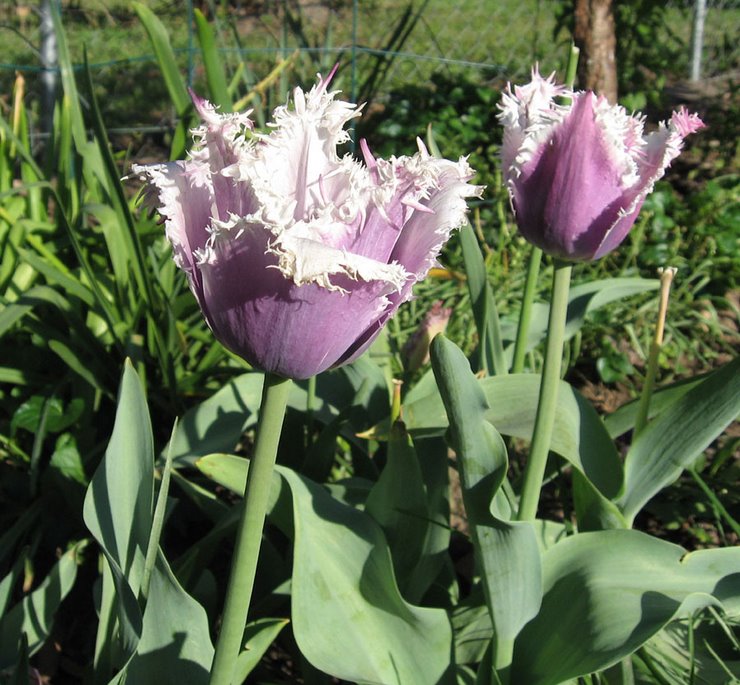 |
| Hummingbird moth visiting flower |
It's easy to mistake these insects for hummingbirds: they fly and hover like hummingbirds, they hover in front of flowers, and they even give off a humming sound from their rapid wingbeats. But these little guys have a chubbier body shape, antennae on their heads, and a striped back.
There are four different species of hummingbird moths in North America, and several others in other parts of the world. As adult moths, they are attracted to the flowers of plants such as honeysuckle, phlox, verbena, red clover, highbush blueberries, bee balm, wild roses and blackberries, which provide them with nectar. Host plants for the larvae include viburnum, honeysuckle and hawthorns.
Unlike many moths, these are active during the day, primarily near dawn and dusk. Unlike hummingbirds, the hummingbird moth is not territorial. This morning I watched two of the moths busily working over the flowers of the same shrub. It was fascinating to watch them. Plus, they are helpful garden visitors. They are valuable as pollinators, which means that as they visit flowers in search of nectar, they pick up pollen and carry it to other plants, which helps flowers develop into seeds or fruit.
Update 9/26: This evening as I was in the garden, I saw about three of these moths visiting the four o'clocks and petunias. I got my camera out, but every time I got close, they'd whiz away. Human without camera, fine; human with camera, we're suddenly shy! Or maybe they were just teasing me--I did think I heard a faint echo of giggling!

No comments:
Post a Comment